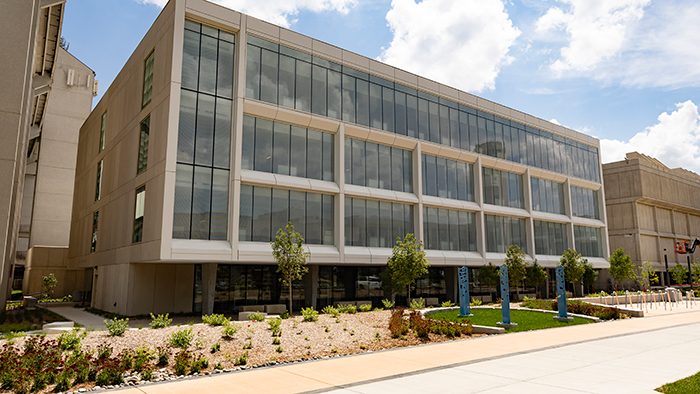
GGP Seminar: Jacob O. Thacker - "The what, where, when and why of the Laramide orogeny"

- Date and time
- 2:30 PM - 3:30 PM, March 22, 2019
- Description
"The what, where, when and why of Laramide orogeny"
Episodes of deformation thousands of kilometers into continental interiors remains a major topic for furthering our understanding of plate tectonic processes. One such event, the Laramide orogeny, is responsible for structural arches and deep intermontane basins of the U.S. Rocky Mountains that formed 90 to 45 million years ago within the stable cratonic interior. This mountain building phase has long perplexed geologists due to an atypical "thick-skinned" deformation style and its far field strain. Significant strides have been made to understand the Laramide ("what and where"), though confusion and controversy still persist on its extent, time frame, and mechanisms. These topics will be discussed in this talk, with a focus on time frame by examining the detailed spatiotemporal distribution ("where and when") of Laramide deformation. Interpretations on the tectonic processes responsible ("why") will also be discussed in light of these and other data.
Jacob Thacker is a PhD. candidate at the University of New Mexico studying intraplate deformation in the western U.S. (San Andreas-related and Rocky Mountains). He formally began working on Laramide structure and tectonics during his master's degree at Montana State University, and holds a B.Sc. in Geological Sciences from Cleveland State University.
- Event sponsor
- Earth, Environment and Sustainability, School of
- Admission
Free
- Open to public, alumni, current students, faculty, future students, staff
- Location
Additional information
- Event contact
- Tracy Carroll
- Academic Administrative Assistant II
- TracyCarroll@MissouriState.edu
- 417-836-5800
- Visit website
